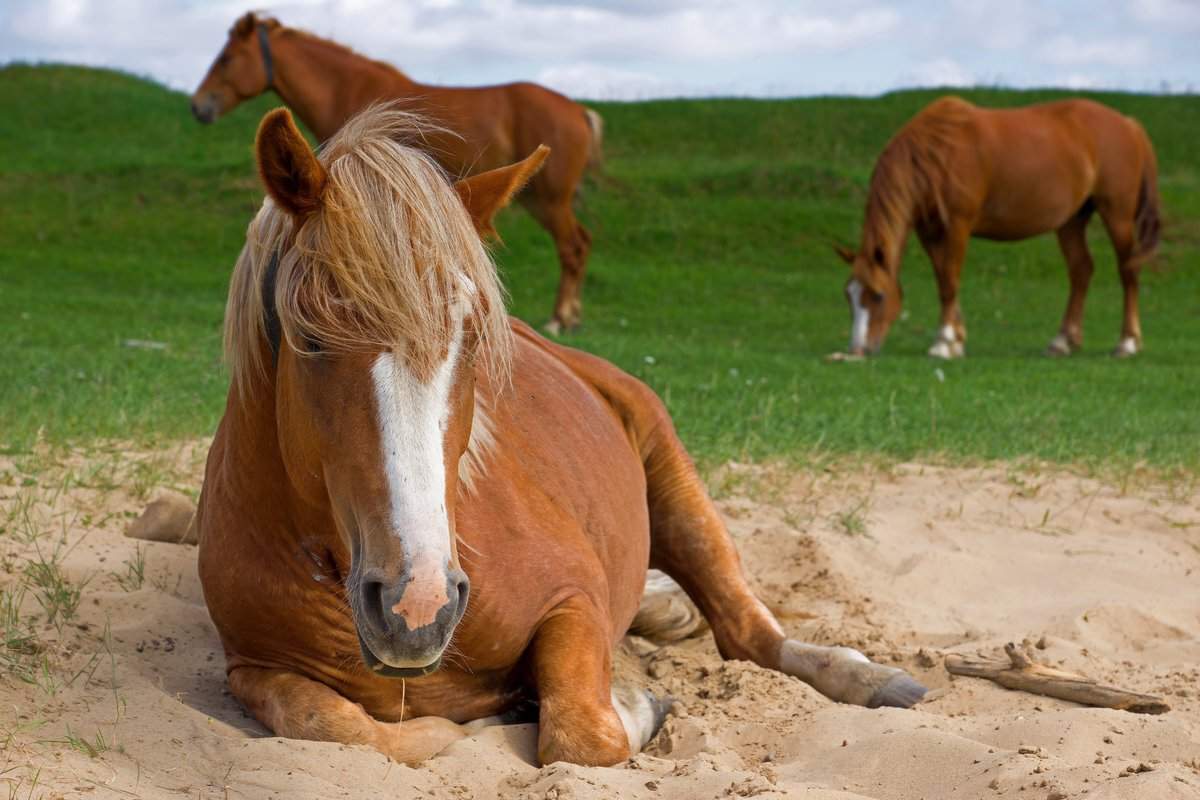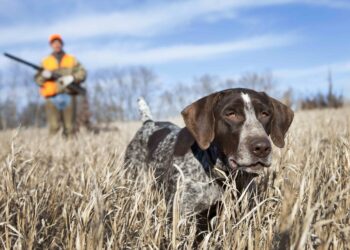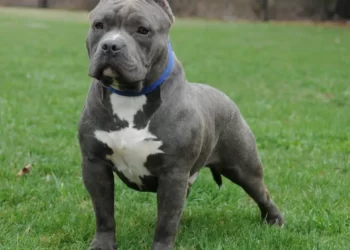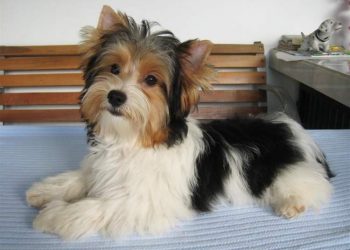It is enough to have spent a few sleepless nights to fully understand the importance of sleep for our body and its proper functioning.
The same goes for horses: Equines need enough quality and sufficient sleep to stay healthy and perform. So how do horses sleep? Standing or lying down? Why don’t they fall when they sleep standing up? And what are the different types of sleep in the horse? We will answer all your questions in this article.
How does a horse sleep?
In the collective imagination, there is this belief that the horse sleeps upright. Is it true?
Do horses sleep standing up?
Yes, horses sleep well standing up, but what you need to know is that they can also lie down and sleep lying down. And they often lie down to sleep! The major difference between lying down or standing for sleep is related to the depth of sleep in which the horse will enter.
You May Like: 500 Racehorse and Horse Names
When they are lying on their chest, “lying like a cow” with the forelimbs bent under the chest, they will fall into slow-wave sleep. And it is only when they are lying on their side, on their side, with their legs stretched out, that they will go into REM sleep.
Where do the horses lie?
Horses do not lie down everywhere. They look for a clean, dry place to lie down. And if they don’t find a place to their liking, they often don’t go to bed at all.
Note: if they lie down on the damp ground, they can develop rheumatic diseases. Likewise, if they sleep in boxes with too little litter, there is a risk of scratching, the thicker the litter, the more comfortable it will be for your horse and also expensive incidentally!
Why do horses sleep standing up?
When in a herd, horses only lie down to sleep if they feel safe. This is especially true in a position lying flat on its side with the legs extended, in this position, the horse will not be very reactive to flee if threatened and it will take longer to get up than if it is threatened, dozed while standing.
Because horses are relatively restless and fearful animals (potential prey for predators in their original environment). When they sleep upright, they waste no time getting up and, in an emergency, can escape quickly. A horse that does not feel safe in its surroundings will not go to bed at all, or only for a short time.
Types of sleep in horses
Horses have different forms of sleep and rest, which cannot always be distinguished from the outside.
Drowsiness
Drowsiness is the stage between waking up and sleeping. It is cited here separately, but it is actually a preliminary stage of slow-wave sleep. Seen from the outside, it is not possible to say which of these two states a horse is in.
Related: 6 Most Common Horse Diseases
Slow-wave or SWS sleep
Slow-wave sleep is designated by the term SWS, short for Slow Wave Sleep in English. During this process of non-REM (non-REM) sleep, the horse’s breathing rate and heartbeat slow down, even slight muscle movements can still be perceived. His brain is then almost inactive.
Horses can also enter this type of sleep while standing. This type of sleep is accompanied by a constant lowering of the head, its eyes are half or fully closed, and it changes its load on the hind legs at regular intervals. When a horse is lying on its chest while sleeping, it is still in slow-wave sleep. In this phase of sleep, horses remain vigilant and attentive to what is happening around them and wake up at the slightest noise.
REM sleep or REM
It is the deepest phase of sleep in horses. Circulation and respiration are reduced, but the brain remains active. His eyes are closed, and contract causing rapid eye movements, hence the name REM (Rapid Eye Movement). Studies have shown that horses first enter slow-wave sleep and only then enter the REM phase (or REM).
As muscle tension is greatly reduced during this phase, this type of sleep is only possible when lying on your side (with the legs extended). This phase is particularly important for muscle recovery. Indeed, the muscles of the neck and the skeleton are then completely relaxed. It is also during this phase that the horse dreams;
Watch out for REM sleep deficit
Horses with REM sleep deficiency often fall and may even collapse. As a result, they get wounds of small or larger size, at the level of the balls for example.
Horse anatomy and sleep
How come horses can sleep standing up?
In humans, all muscles relax during sleep. Well, with horses it’s the same. But then why don’t horses fall when they sleep standing up, you will ask? The reason is simple, they do not fall thanks to the specific anatomy of the articulation of their lower limbs.
They have a sophisticated hooking mechanism by the kneecap that allows vertical parking without having to do any work. muscular. The patella is blocked on a relief of the femur, thus preventing the leg from bending. That way, with their kneecap, locked, they can stand upright with relaxed muscles safely, even when sleeping.
Every ten minutes or so, the horses change their supporting leg. They may have light sleep or phases of deep sleep while standing. But REM sleep is not possible while standing.
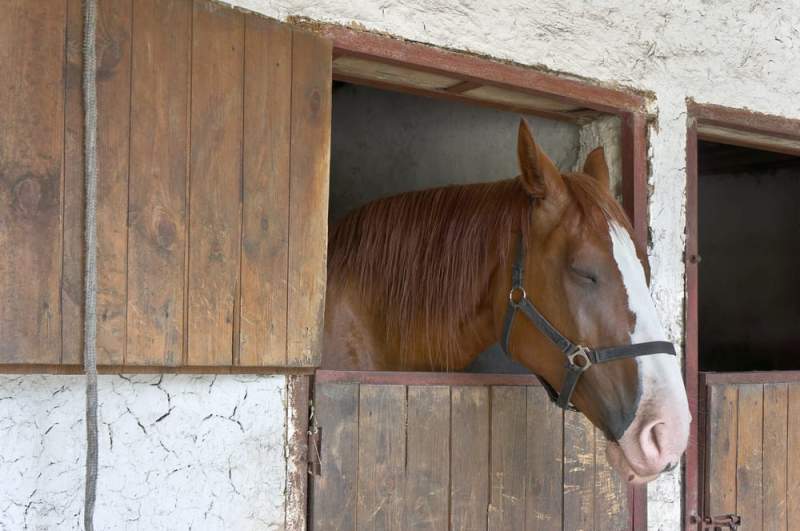
In groups, sleep is contagious
When the horses are in herds and lie down, the other members of the herd are often also “contaminated” by the phenomenon. However, not all the horses in the group lie down at the same time. Usually, one or two horses will take on the role of watchdog. They will stand near their sleeping fellows and watch them.
How many hours does a horse sleep?
Horses do not need as much sleep as humans: most of them sleep “only” three to five hours a day. But they sleep in several times, over short intervals, lasting 20 minutes at most, spread throughout the day.
You May Like: Lifespan of a Horse: Age, Food, and Health
Short interval sleep
In general, horses sleep at night between 8 p.m. and 5 a.m., and during the day between 12 p.m. and 2 p.m. At night, they sleep about six times, their longest sleep cycle lasting a quarter of an hour. Otherwise, they also sleepy for about three and a half hours a day. In the stable, horses stay awake about 75% of the day and spend only 4% of their time in REM sleep.
Note: foals sleep much longer and more frequently than adult horses. Fillies, on the other hand, sleep almost more often than foals in the lateral position.
Sleeping position and exercise
The sleeping position is also influenced by physical tension. Exercise and work have an impact on the sleep of horses: those who work a lot tend to sleep longer than their counterparts, lying in a side position. Horses that exercise a lot will, therefore, need a large box with good quality bedding.
What about wild horses?
Free in nature, it is obviously not the men who dictate the daily rhythm of wild horses. However, there are no major differences with domesticated horses in terms of sleeping time or position. Only the highest-ranking horse and the lowest ranking horse sleep less than the rest of the herd. The first because he has to protect his flock and watch over his fellows, the second because he is often woken up and evicted from where he fell asleep.
Pay attention to the quality of your horse’s sleep
Quality sleep is essential for the horse
As a horse owner, it is important to consider their sleeping patterns. In equines as in humans, deprivation or lack of sleep can lead to a weakening of the immune system and therefore cause health problems. Healthy sleep, which is necessary for the body to recover, is particularly important. And especially when you expect high performance from your horse.
You May Like: Horse blanket: when it is useful for equine health
Consequences of lack of sleep
The first classic signs of lack of sleep in a horse are irritability, hypersensitivity, or an animal more fearful than usual. Later, this can lead to stomach ulcers, more frequent colic as well as a consequent loss of performance. Do not keep your horse awake for a long time, it could collapse. Regular sleep disturbances will cause stress, loss of condition, and can lead to behavioral problems.
How to promote sleep in the horse?
A clean and hygienic rest area
A horse in the stable does not have the possibility of choosing its sleeping place as it can in the meadow. It is therefore important to pay special attention to the surface on which the animal will rest. His litter should be clean and dry so that he does not have to lie on his own droppings. In some cases, it may not lie down at all if the floor is too dirty.
If possible, avoid hard or smooth floors, and opt for straw, which is popular with horses for sleeping.
Take it out!
For maintenance or saddlery work, we advise you to take the horse out of its box. To achieve deep relaxation, horses need visual, olfactory, and auditory contact with their peers. In addition, a horse should not spend too much time in its box.
Walking and grazing the grass are activities that will keep him occupied, stimulate him, and prevent him from developing unwanted behaviors, such as stereotypies or tics (palliative to boredom or lack of contact with his pairs). Overall, the movement is good for his health; it also reduces the risk of him developing colic due to lack of activity.
You May Like: Boy Cat Names
Put it next to friendly horses at the box
It also happens that horses do not support each other. If your horse is in a stall next to a neighbor he doesn’t like, it can lead to stress and lack of sleep. Therefore, it is advisable to think carefully about the allocation of boxes, and to install it next to a friend!
The size of his box
If your horse is in a box, make sure the box is big enough for him. Indeed, it should not be too close to the walls. Choose a box that is two and a half times the size of your horse.
A stress-free environment
Also make sure that your horse is in a stress-free environment, whether it is visual or hearing disturbances. So remember to turn off the lights and music in the stables at night!
My horse no longer lies down to sleep, why?
There are several possible causes. First of all, your horse may have difficulty getting up or lying down. This is often the case with older horses, for whom getting up is extremely tiring. They often rest upright and go to a lying position less often. As a result, they will not have the phase of essential REM sleep induced by lying down.
If your horse is in a box, it could be that the box is too narrow or the ground is wet. Psychological causes such as fear or increased nervousness cannot also be ruled out. It’s up to you to investigate!


